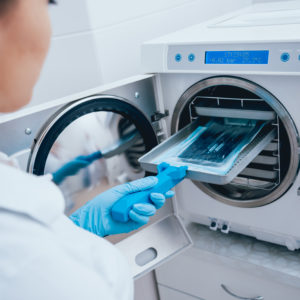
Instrument Sterilization for Contemporary Dental Practices
In today’s dental practices, infection control is a top concern. While an important part of the scenario, disinfection is just one aspect of the infection control protocol. Sterilization is another. Typically used on noncritical surfaces, such as intact skin and operatory furniture, low- and intermediate-level disinfectants are generally incapable of… Read More
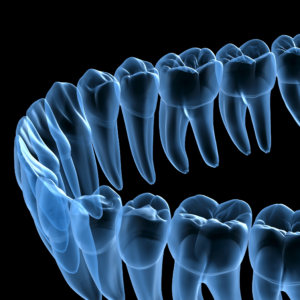
Preventing or Treating Dry Socket
You extract a tooth, a blood clot forms in the empty socket, and healing begins. That’s the ideal scenario, anyway. But things don’t always go as planned. For instance, the most common complication in third-molar extraction is said to be alveolar osteitis, also known as dry socket.1 Dry socket… Read More
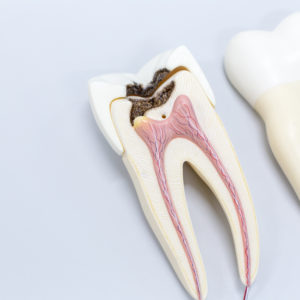
Saving Teeth Through Vital Pulp Therapy
When caries has extended into the pulp, vital pulp therapy may be a good treatment option, as long as the tissue is not overly inflamed.1 Also known as pulp capping, this procedure is designed to keep the pulp alive, allowing it to heal itself. This is accomplished by sealing the… Read More

Personal Protective Equipment for Oral Health Care Practitioners
Some of us can recall the days of wet-fingered dentistry, when the wearing of gloves was practically unheard of in general practice. But with today’s infection-control awareness in the stratosphere, performing dentistry barehanded or without surgical masks is unthinkable. To discover the best options in personal protective equipment (PPE) for… Read More

Bioactive Dental Materials Advance The Practice of Minimally Invasive Dentistry
It seems that increasing numbers of today’s dental materials are described as being “bioactive,” in that they interact with the body. But with respect to dental materials, the term “bioactive” is still up for debate. For instance, while some in the dental community view glass ionomers as bioactive, others do… Read More

The Art and Science of Gingival Augmentation
As we age, many of us will experience gingival recession and the problems associated with being “long in the tooth.” At the other end of the periodontal spectrum are those with the dreaded “gummy smile,” another esthetic handicap. Fortunately, treatments for these conditions are continually improving, and many general dentists… Read More
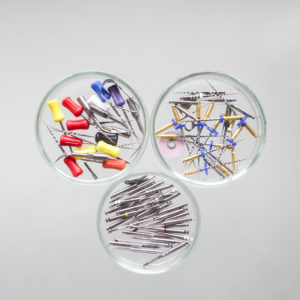
Innovations in Endodontic Files Enhance Root Canal Treatment Success
In our last post, we discussed the process of shaping and cleaning canals during root canal treatment (RCT). But because the field of operation for such a procedure is tiny, the instruments used to accomplish this type of therapy must also be quite small. Various types of hand and… Read More
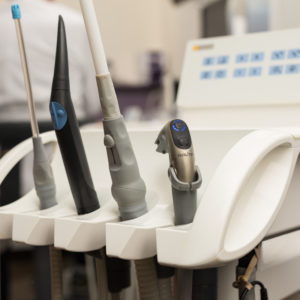
Shaping and Cleaning for Successful Root Canal Treatment
In today’s climate of minimally invasive dentistry, root canal treatment (RCT) makes sense. Instead of extractions and implant placements, the patient’s own tooth can be strengthened and left in place. To accomplish this, any infected tissue in the canals must be removed, and the canal walls shaped, cleaned and disinfected. Read More
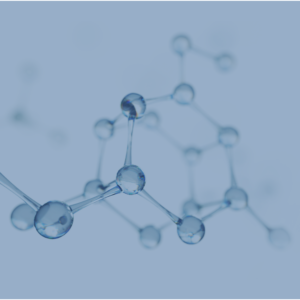
Glass Ionomers Still the Best Option for Some Dental Restorations
In the opinion of many experts, glass ionomer restorative materials are among the greatest advances in dentistry since their debut around 50 years ago. These water-based materials are composed of a fluoro-alumino-silicate glass powder, and other elements such as calcium. When mixed with polyacrylic or polycarboxylate acid, the glass powder… Read More

Strategic Approaches to Periodontal Disease Treatment
When pathogenic bacteria are allowed to run rampant in the oral cavity, they can infect the gingiva. This type of infection can lead to gingivitis, periodontitis, bone and periodontal ligament damage, and, ultimately, tooth loss. The key to periodontal health, of course, lies in prevention. But when this fails and… Read More
 (800) 560-6066
(800) 560-6066